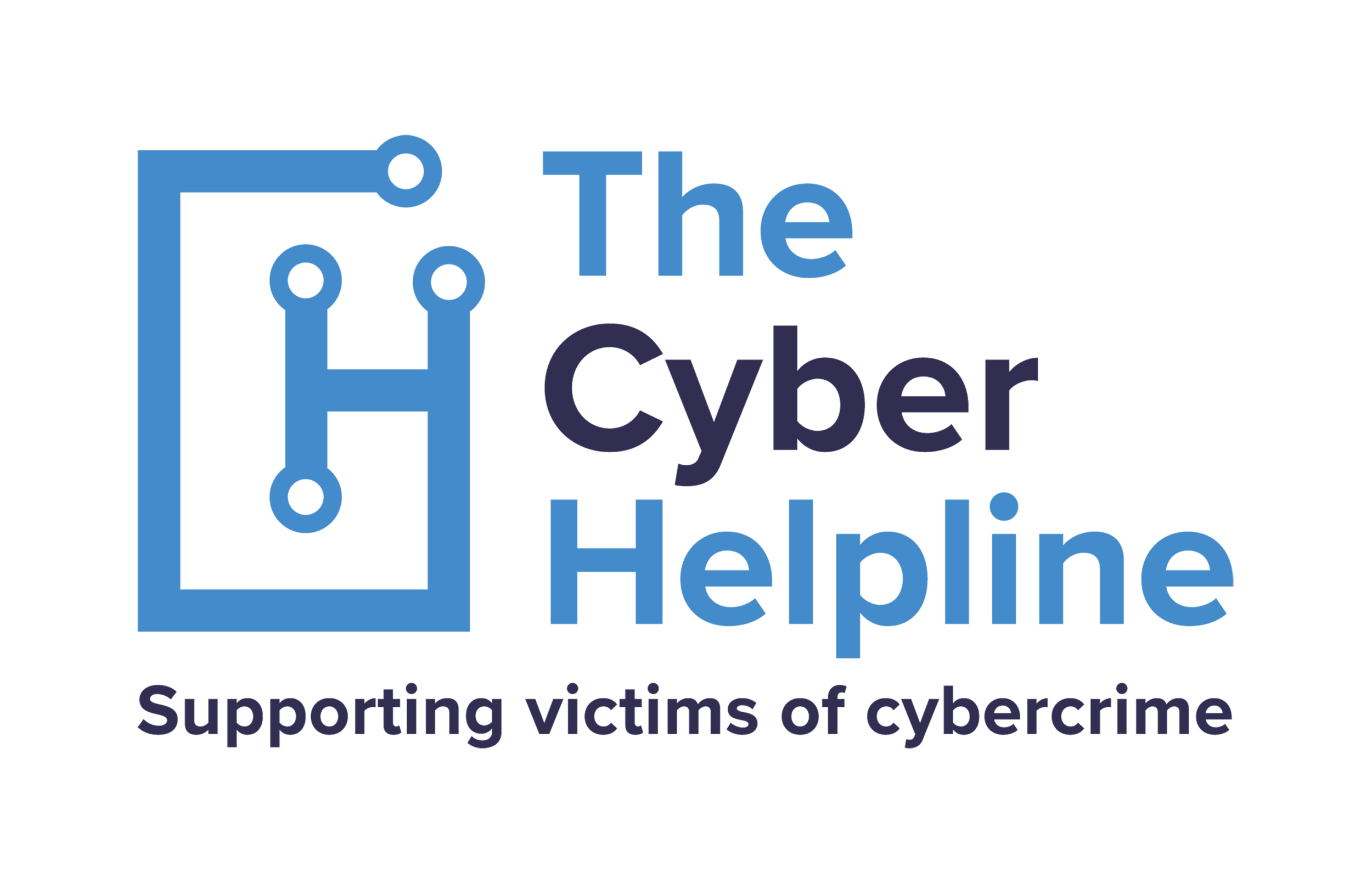Dealing with cyberstalking
Cyberstalking can have a very serious impact on its victims. The stalker often makes serious threats and is a constant presence in the victims life - often forcing the victim to make changes to their day to day routine. It is critical that you get expert help as quickly as possible. Speak to someone close to you about the stalking and contact a specialist stalking charity for expert support. You can also view our Cyberstalking Action Plan.
We want to better understand the impact of you experiencing this issue, can you share your experience by filling in this online form? This will help us better protect future victims.
What is cyber stalking?
Specialist stalking charity, Protection Against Stalking, defines stalking as “A pattern of fixated and obsessive behaviour which is repeated, persistent, intrusive and causes fear of violence or engenders alarm and distress in the victim”. In the vast majority of stalking cases the stalker is known to the victim, typically an ex-intimate partner, a colleague or an acquaintance. However, in the online world a stalker can also be a complete stranger.
Cyberstalking is exactly the same as the definition above, but includes the use of online tools and technologies to either enable the stalking or complete the stalking end to end. Common cyberstalking activity includes information gathering, unsolicited messages (often threatening), surveillance, unauthorised access to online accounts and spreading misinformation about the victim.
Cyberstalking - Do this first!
It is likely that you have experienced a number of stalking behaviours before reaching this guide that have led you to believe you are being stalked. There are some important steps to take as soon as possible:
Don’t engage with the stalker - The aim of the stalker is often to talk with you and build a relationship. Do not respond to their communications, never agree to meet and do not confront them about the stalking.
Report it to the police - The police take stalking reports seriously and they have lots of experience investigating them. Report it early to the police directly using 101. If you feel there is any immediate threat to your personal safety dial 999. We advise that you work with the police and a specialist stalking charity at the same time - this will ensure you are getting the support you need outside of the police investigation.
Document everything - Keep a copy of all instances of online stalking - either take a screenshot or print the pages. Try to get the messages as well as the profile pages (including the user name) the abuse is coming from. Also keep a note of any offline activity that is relevant such as turning up at your home or work. This will be useful evidence for the police or social media platforms if the harassment escalates. It also ensures you have a copy if the perpetrator deletes their posts and profile.
Focus on your online security - As the perpetrator collects more and more information about you it is common that they may try and gain access to accounts such as social media and email. Having strong passwords and turning on two-factor authentication is key, but there is lots of good advice at Get Safe Online.
Work through our Cyberstalking Action Plan - our Cyberstalking Action Plan is a methodology to regain your online privacy, security and confidence. It is designed for those suffering cyberstalking or domestic abuse where there is a cyber element.
Approaches to dealing with cyberstalking
Once you have completed the above steps try the following:
Alert those around you - Don’t hesitate to tell those around you if it is safe to. They will be able to provide you with support and they will also need to look at their own online security. Ask your friends and family to be careful about what they share about you and to not engage with the stalker in any way - it is likely that they will try to contact those close to you.
Think about your offline security - Stalking can take many forms and can span the online and offline worlds. Take this opportunity to think about your offline safety. Assessing your home security and being conscious of your personal safety makes sense during the stalking.
Check your privacy settings - Lock down your social media account as much as possible. Check your Facebook friends and connections and other platforms and cut it down to those you know in real life. Make sure that you lock down who can see your profile and content.
Reduce your online footprint - It is also worth reviewing what personal information exists about you online and trying to remove as much as possible. For example Google yourself and see if you can find your address, phone number or places where you regularly spend time. When you find it, contact the website owner and ask them to remove it.
Turn off location tagging when you post - Many social media platforms use GPS tracking to tag your location to posts and photos. Go into settings and turn this off.
Tap into expert stalking support
There are a number of UK organisations who specialise in supporting stalking victims. Consider working with one of the following organisations to get the help and support you need.
Donate
To help people like you we rely 100% on donations from people like you.
Without donations we cannot keep our service free and provide help to the most vulnerable victims of cyber crime when they need it most. As a not-for-profit organisation, 100% of your donation goes towards keeping The Cyber Helpline up and running - so 100% goes towards helping people like you. Donate now and help us support victims of cyber crime.
